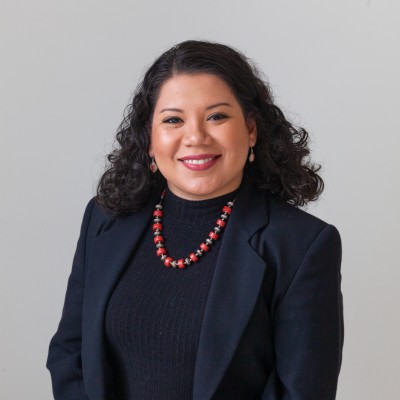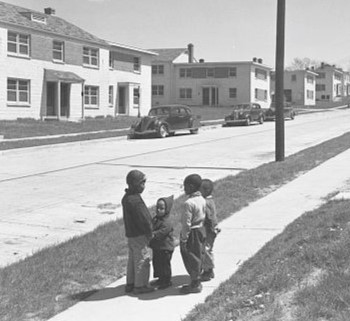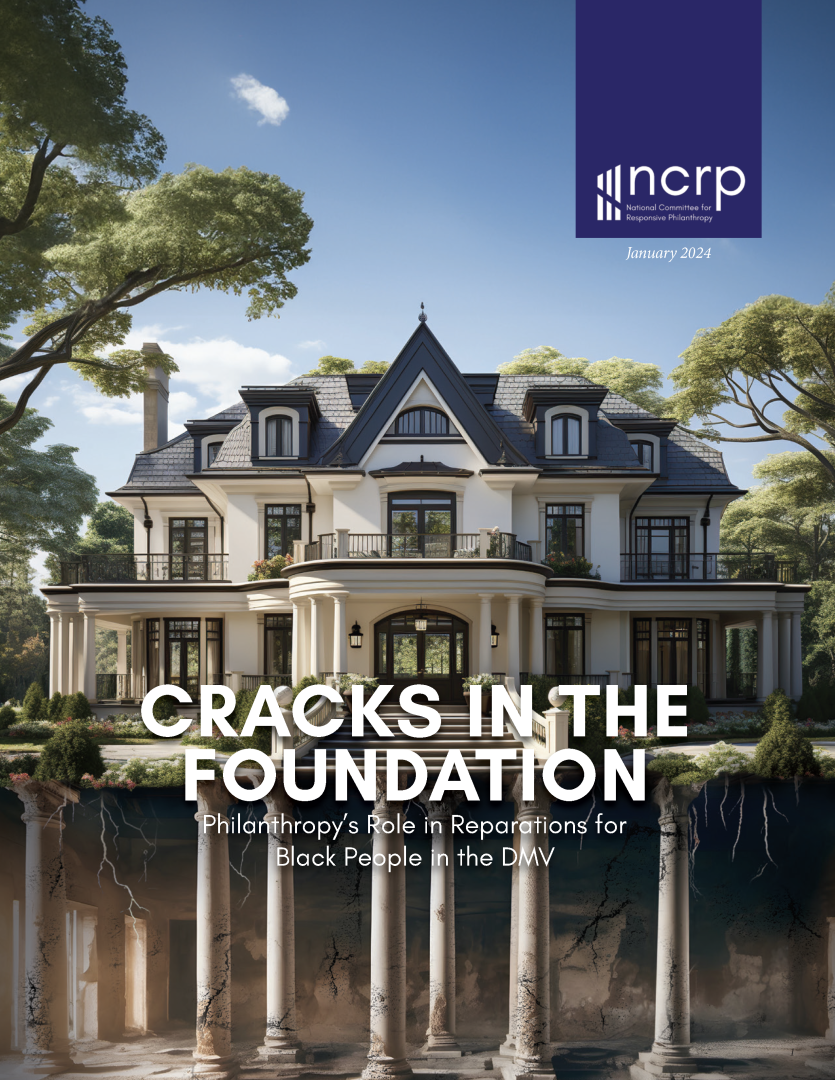When Washington, DC was established as the capital of the United States by the Residency Act of 1790, the city’s framers aimed to build a beacon of democracy for all the world to see. In its role as the federal city, DC was meant to serve as the national symbol for democracy.
In many ways, their vision for the city to serve as a national manifestation of America’s democratic values has come to fruition; even if not exactly as they originally envisioned. Always, the local history of democracy in the District of Columbia has been a fractured one; its promise deeply warped by the nation’s struggle with systemic exclusion and racism.
In fact, if democracy is, at its core, about representation and voting rights, then today’s residents of the District continue to have woefully limited access to full democratic standing. Furthermore, one’s positionality dictates the degree to which individual Washingtonians experience the impacts of the lack of full representation. Depending on an individual’s unique identity, including racial and economic factors, access to democracy certainly looks different.
However, democracy is meant to be not just a form of government, but an accessible vehicle across social classes to achieve stability through choice. As detailed in NCRP’s Cracks in Foundation report and other materials, for Black Washingtonians, the experience of democracy and choice has historically been complicated and often interrupted.
TROUBLING EXCLUSION RIGHT FROM THE START
From the beginning of colonial contact with the native tribes that used to call this area their home, land and land ownership have been used to shape the development of the metropolitan city we know today. Its roots are firmly embedded into—and fueled by—the exploitation of cheap labor and resources.
The 17th century land grabs yielded tobacco exportation, which solidified the area’s early economic powerhouses. Local production of tobacco was very successful in the 18th century. However, it was a labor-intensive crop that also depleted the land’s nutrients.
Black and enslaved labor was used to create the high yields of the early tobacco industry, but by the turn of the 19th century, the crops yielded were fewer and fewer. This forced plantation enterprises to adopt new economic models away from crop production and toward extracting value from the exploitation of their enslaved labor. The economic dynamics of Washington’s early years, which baked enslavement and inequality into their foundations, created social and political systems in the area and the legacies of inequities that we are grappling with today.
BLACK PLACE-MAKING IN WASHINGTON
Prior to the turn of the 20th century, the federal city of Washington was limited to the original L’Enfant plan (L’Enfant-Ellicott Plan). Most of the land that had been donated to the federal government by the state of Maryland remained rural farmland into the late 1800s. This created rural enclaves of freedmen and women who were living in what was known as Washington County, often around the former sites of Civil War era forts.
This was the case of the Pointer/Harris and Dorsey/Shorter families who lived on Broad Branch Road NW, in what is current-day Chevy Chase DC. Their ancestors, just a few generations back, had been born into enslavement and achieved their freedom through manumission prior to the Emancipation Proclamation.
The Black Broad Branch community [then known as Dry Meadows] preceded the establishment of the Chevy Chase Company by nearly 50 years. They began to form as an African American enclave that thrived on community support, entrepreneurship, and the relative freedom of living outside of the city’s imposition of the racial codes that dictated Black life in Washington.
In the build-up to the Civil War and in the years immediately following it, Washington’s population and federal presence saw a rapid spike. The friction between the economic interests behind the system of enslavement and the sovereignty of American democratic ideals came to a boil and brought people to Washington for different reasons.
In the 19th century, the population in Washington County grew quickly as formerly enslaved people sought freedom. For Black men, joining the military offered them an opportunity to gain the rights of citizenship. For those who did not have access to the military route, including many Black women, freedom petitions and the purchasing of one’s freedom became ways to achieve manumission. Whichever way it was achieved, relative freedom was possible for Black residents of Washington, DC before most anywhere else in the country.
For four generations, the Dry Meadows community thrived along Broad Branch Road NW and cultivated the land both for their own nutrition and to sell cash crops. The Dorsey-Shorter family also built an addition to their family farmhouse that housed the neighborhood’s first grocery store. The families also traveled to nearby Georgetown to sell their crops and goods in more densely populated markets.
Beginning in the 1890s, they watched as the neighborhood around them transformed from the rural farmland of Washington County to a developed residential neighborhood similar to what we know Chevy Chase DC to be today. This made their land plots much more appealing to the burgeoning white community that would increasingly find multiple ways to encroach on their lives — and land.
DESIGNED EXCLUSION
Like many other cities in the United States, today’s demographics and economic—and thus, political—distribution of power in Washington, DC have been shaped by the use of the process of eminent domain in the early 20th century. Eminent domain, coupled with racially restrictive covenants, was used to intentionally create segregated neighborhoods well into the 1960s.
In 1929, this practical cocktail was used to forcibly remove the Black Broad Branch families by the National Capital Planning Commission (NCPC). This is the same process that was used in the neighboring Reno City as it was enveloped into Tenleytown. The area surrounding the Dry Meadows community on Broad Branch Road NW became more densely populated and exclusively white. Large plantations in the upper Northwest, including the Belt estate and that of Horace Jones, were subdivided into single family lots that implemented racial covenants in their deeds.
As the developers attracted more white residents to their new enclaves, the new residents organized and lobbied through white citizens associations for segregated schools. Congress and the local Commission acquiesced and used the process of eminent domain to raze the lots inhabited by Black families on Broad Branch Road NW and developed Lafayette Elementary School, intended to be a white-only school. The interruption of Black place-making and the decoupling of Black communities from choice and self-sufficiency through racially exclusive political processes was repeated in the nation’s capital time after time throughout the 20th century.
In the Dry Meadows community, the Dorsey/Shorters were the last ones to give up their land to the NCPC. Subsequent generations of the Pointer/Harrises (who by then also had the surname Moten) ended up spread out across the rest of the city. Many of them, like the Scott family from the community displaced to make room for today’s Meridian Hill Park (also known as Malcolm X Park), were impacted by eminent domain yet again in future generations.
MAKING THE UNSEEN VISIBLE AGAIN
Current-day descendants from the Pointer/Harris and Dorsey/Shorter lineages have been traced down and interviewed by the Black Broad Branch Project, a public history project. The project collected 16 oral histories from 8 descendant-narrators and used those as a means to document the generational implications of being forcibly dislocated from their land, along with asking the descendants to define what redress would look like for them. Their definitions of redress were then used to create a strategic plan for reparations. Oral history, as a methodology and as a philosophy, can be a powerful tool to engage narratives and experiences of historically under-represented communities.
Written documents cannot capture the totality of someone’s experience. They are often limited in capturing the full details and nuances of quotidian life. In addition, documenting daily life in written form may not be part of a communities’ cultural traditions. As such, orality as a method of capturing life histories and experiences, allows for the democratization of cultural narrative-shaping. The oral history process allows such histories and perspectives to be included in repositories, where cultural institutions shape historical narratives. Such historical narratives deeply impact how individual people in Washington, DC navigate their spaces.
In the case of Black Broad Branch, oral histories allowed for descendants to illustrate the material and spiritual/intangible impacts that forced dislocation left in its wake. Their oral histories were used to capture generational outcomes that many Washingtonians have suffered from as a result of patterns of land dispossession and the weaponization of policy and private equity partnerships in the 20th century.
BETTER UNDERSTANDING OUR SHARED HISTORY
The generational arc captured by projects like the Black Broad Branch Project, offers a case study in reflecting how wealth creation and land dispossession have shaped the conditions that predominantly Black communities in Washington navigate today.
The interruption of Black placemaking (and choice) is at the crux of how Washington, DC came to be the city we know today. Racialized social norms informed racially exclusive political policies that then created harmful material and economic dynamics in the lives of Black Washingtonians.
Understanding these processes and being transparent about the systems that have resulted from their legacies, is a necessary first step to uproot the inequities that the city is grappling with in the present. It also serves as a microcosm for exploring how the nation as a whole has come to be in the present.
If a shared goal for us is to create a more equitable future, what would it look like for this history to be shared widely and honestly? The end goal should not simply be to cast culpability on victors and declare victims, but rather to understand that regardless of lineage and ancestry, all of us have inherited this shared history. Grappling with it is our shared responsibility.
Mariana Barros-Titus is the Co-founder of Black Broad Branch Project. She is a seasoned community organizer and public historian working at the intersection of public history and advocacy.



